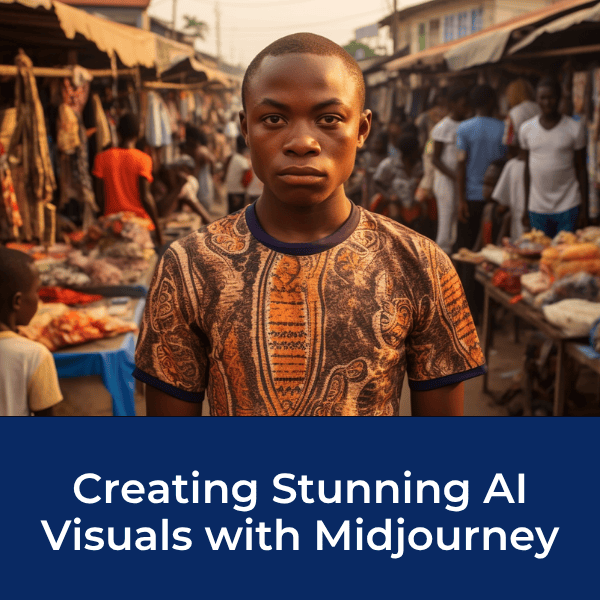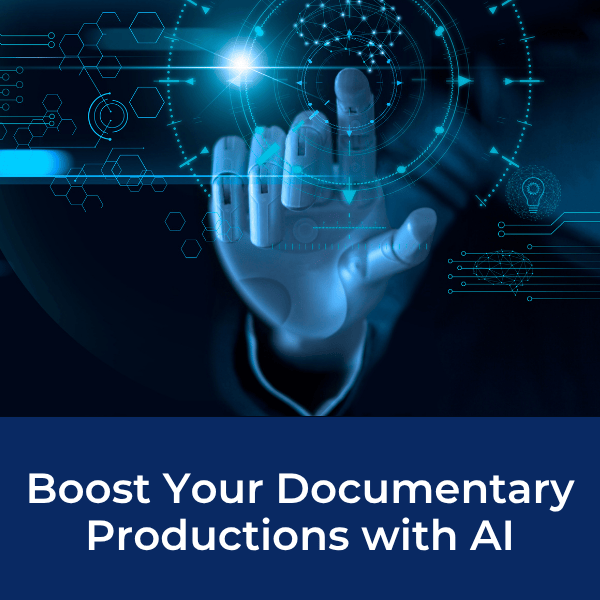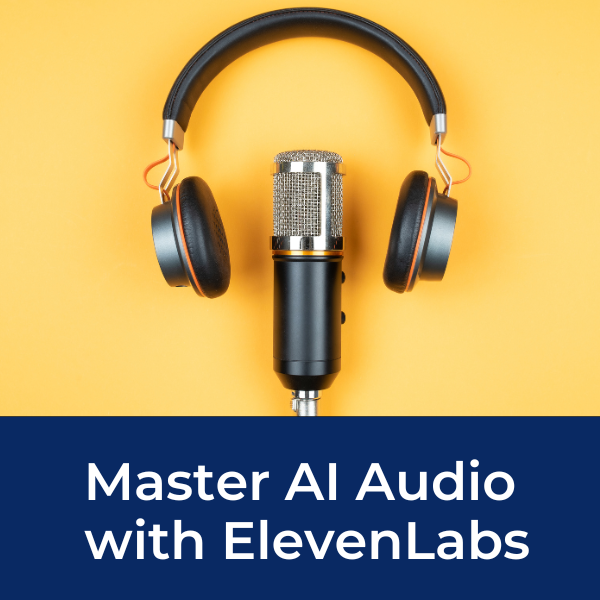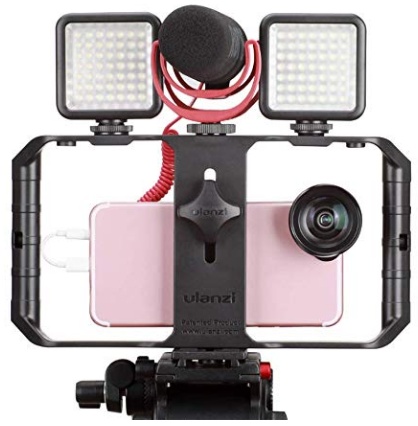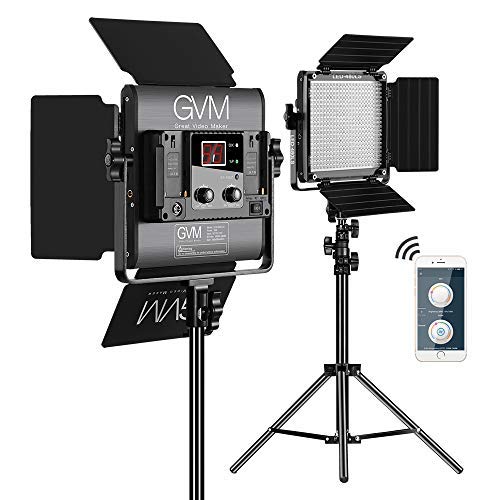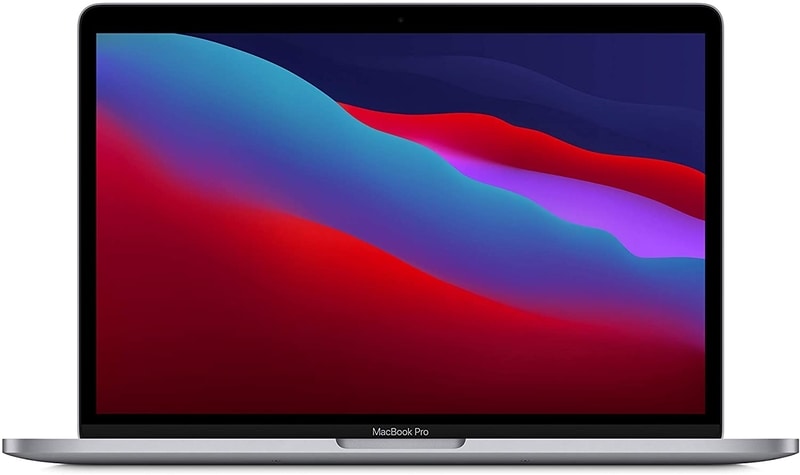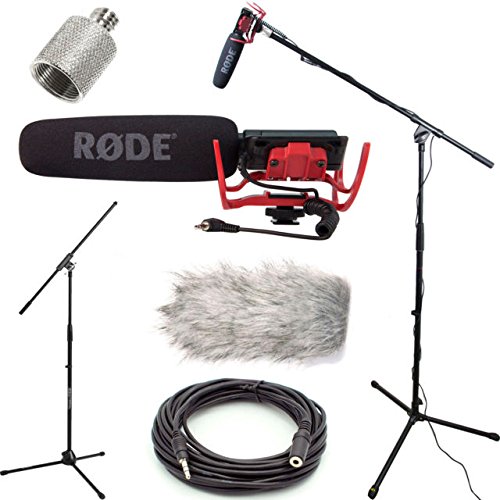Photographing Historical Documents For A Documentary
by Valerie
(Crested Butte, Colorado USA)

Visitor Question: I am making a documentary about a historical figure and will be needing to take a lot of photographs of documents, can you recommend a camera and the equipment I will need to accomplish this task? I will need to travel with the equipment so it needs to be portable.
Answer from Guest Blogger, Scott at Picture-Power.com:
Good question. The first thing you want to look for is a camera that has lots of megapixels. Since you will be adding the images to a video that may be seen on a large screen, you want to make sure you can get as much detail as possible in your pictures to make sure that, when seen on a large screen, your images hold up and don't become pixelated or blurry. Having a lot of pixels also allows you to zoom in and pan on certain words and sentences during the editing and still be able to clearly see the words.
The next thing to consider is lighting. I've never had any problem taking pictures of physical items such as photos and documents outside, laying them on a flat surface and simply standing over them (squarely) to get what I need. A few things to consider if you follow this approach. Get in the shade. Don't take your pictures in direct sunlight as it will cause reflections, especially if your objects are glossy (more an issue with photographs vs documents). A cloudy or overcast day works great too because you get a nice diffused (indirect) light that will reduce flare.
Your ideal focal length will be somewhere between 35mm and 85mm. If you go below 35mm you may see some distortion (stretching) around the edges of your digital pictures. If you go above 85mm you may need to stand on a ladder to get high enough to get the physical picture/document in frame and far enough away to for the lens to focus.
As far as a specific camera recommendation, I use a Canon 60D. I've had success with the Canon 15-85mm f/3.5-5.6 IS USM lens
as well as the Canon 50mm f/1.8 II lens
when taking pictures of photos/documents. The Canon 50mm f/1.8 sells for about $100 new on Amazon. If you do get a Canon DSLR for this shoot, I highly recommend the Canon 50mm f/1.8. It's small. It's cheap. And it takes great pictures. I also highly recommend the Canon 15-85mm f/3.5-5.6
as well if you need a great general purpose lens.
Any relatively new DSLR will give you want you need to get these shots. Nikon, Canon, Fuji..whatever.
But, you do not need a DSLR with extra lenses to pull this off. Look for a point and shoot camera with more than 10 megapixels, something like the Canon PowerShot G16, and pay attention to your light. How you light your historical documents is going to be more important than your camera choice. Try to keep your focal length in the 50mm area to get a digital picture that doesn't distort the original.
Don't feel that you have to go out and get a photo table, lights, difusers, external flashes, etc...Find a shade tree or wait for an overcast day. This will give you plenty of light and it is a much easier way to pull off this kind of shot.
If you don't have the flexibility of waiting for good diffused outdoor light, then you'll need to set up a mini-studio with two small lights pointing from left to right for balanced light, something like the CowboyStudio Table Top Photo Studio Lighting Kit. And check out the CamStand
(right) as an idea to hold your camera in place over the documents.
If your documentary is for web-only (not for broadcast TV), you could try something like the StandScan PRO Scanning Box for your smartphone.
Something else you may want to consider is getting a scanner, but that would mean setting up your computer and the scanner which may be more hassle than it's worth. And sometimes documents can be larger than a scanner. The main benefit of a scanner is that it gives you good even light, whereas shooting with a camera you need to make sure you have a good setting with diffused light.
Those are a few things to consider. Please leave any follow-up questions or comments below. Hope to hear back from you with your thoughts!
Hope this helps!
Scott
Picture-Power.com
Comments for Photographing Historical Documents For A Documentary
|
||
|
||
|
||
|
||
Ready To Make Your Dream Documentary?
Sign up for our exclusive 7-day crash course and learn step-by-step how to make a documentary from idea to completed movie!







